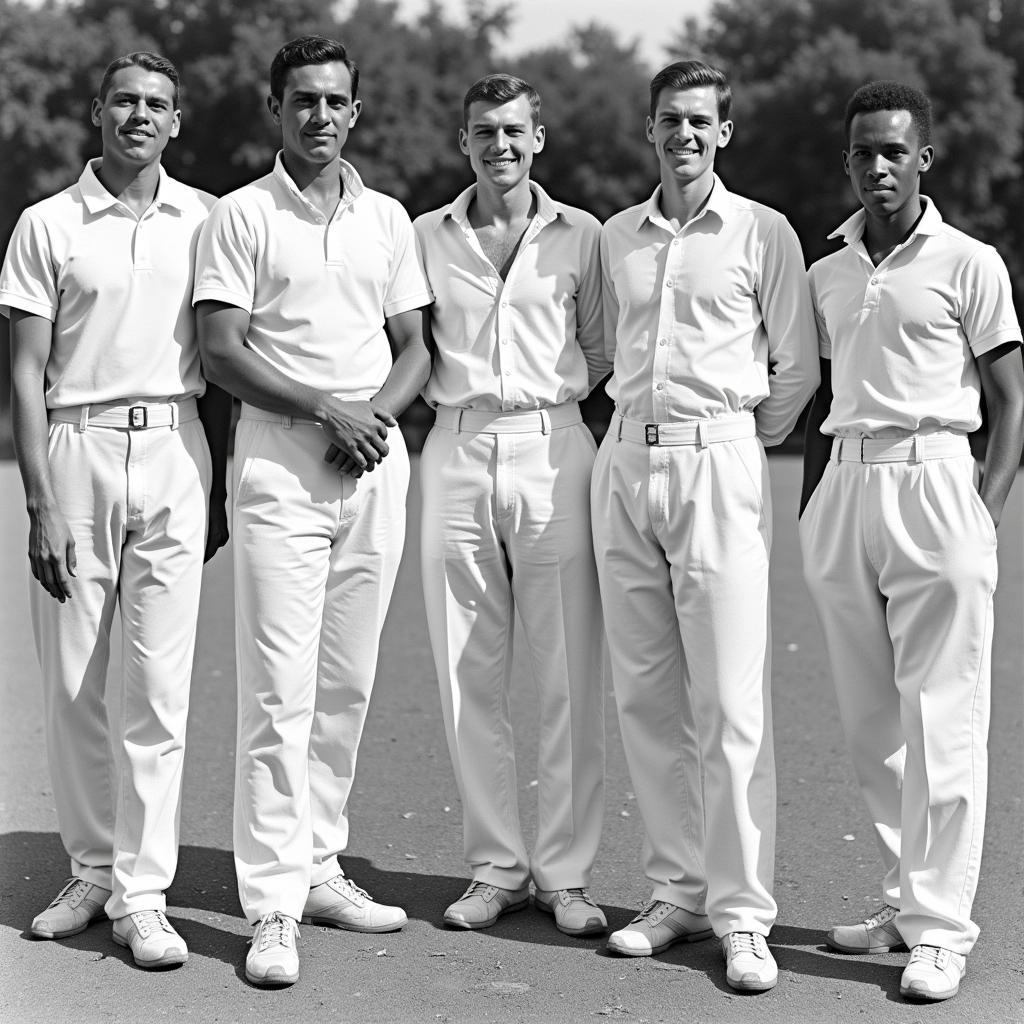African Dance Step in Human Pyramid Form
African dance is renowned for its vibrancy, storytelling, and intricate movements. One of the most captivating and challenging forms involves creating human pyramids, a testament to strength, balance, and community. These formations showcase the rich tapestry of africa and africans culture.
Exploring the African Human Pyramid Dance Tradition
African human pyramid formations in dance are more than just acrobatic feats; they are expressions of cultural identity, often imbued with deep symbolic meaning. These formations can represent social hierarchy, community unity, or spiritual connection. They appear in various ceremonies and celebrations across the continent, each with its own unique interpretation and significance.
What makes these formations so compelling is the seamless blend of dance and acrobatics. Dancers move rhythmically, not only supporting each other physically but also contributing to the overall aesthetic and narrative of the performance.
The Symbolism and Significance of Human Pyramids
Human pyramids in African dance hold diverse meanings depending on the specific culture and context. They can symbolize the interconnectedness of the community, the strength derived from unity, and the reverence for ancestors. In some cultures, the pyramid’s apex represents spiritual ascension or connection with the divine.
These formations also demonstrate the importance of trust and collaboration within a community. The success of the pyramid depends on every individual playing their part and relying on each other, reinforcing the values of interdependence and shared responsibility.
What are the different types of human pyramids in African dance?
Different African cultures have developed unique styles of human pyramids in dance, reflecting their particular traditions and artistic expressions. Some common variations involve multi-tiered structures, dynamic movements while maintaining the formation, and incorporating props or costumes to enhance the visual spectacle.
Building the Pyramid: A Step-by-Step Guide
Creating a human pyramid requires careful planning and execution. Here’s a simplified example of a basic three-tier pyramid:
- The Base: The strongest dancers form the base, standing shoulder-width apart, knees slightly bent for stability.
- The Middle Tier: The next layer of dancers carefully steps onto the thighs of the base, maintaining balance and evenly distributing weight.
- The Apex: The lightest and most agile dancer climbs to the top, supported by the middle tier.
This is just one example, and variations exist based on the complexity and choreography of the specific dance.
The Future of African Human Pyramid Dance
Preserving and promoting this unique art form is crucial for future generations. Many communities are actively working to ensure that these traditions are passed down, fostering a sense of cultural pride and continuity.
“The human pyramid is more than just a dance; it’s a living testament to our heritage,” says Dr. Abimbola Adebayo, a renowned anthropologist specializing in African dance. “It’s a powerful symbol of unity, resilience, and the enduring spirit of africa and africans. “
Conclusion
The African Dance Step In Human Pyramid Form is a breathtaking display of artistry, athleticism, and cultural significance. It represents the strength and interconnectedness of communities, carrying profound meaning passed down through generations. By understanding and appreciating these traditions, we gain a deeper insight into the rich tapestry of African culture.
FAQ
- What is the significance of the human pyramid in African dance? It symbolizes unity, strength, and connection to ancestors.
- Are there different types of human pyramids in African dance? Yes, variations exist across different cultures.
- How is a human pyramid formed in dance? It involves a structured process with a strong base, middle tier, and apex.
- What is the future of this dance form? Communities are working to preserve and promote these traditions.
- Why is it important to learn about African dance traditions? It offers valuable insight into diverse cultures and their artistic expressions.
- Where can I find more information on African dance? Research online and explore cultural centers.
- How can I experience African dance firsthand? Attend performances and workshops or visit Africa.
“These dances are not just performances; they are living stories,” adds Dr. Adebayo. “They transmit knowledge, values, and a sense of belonging across generations.”
Need support? Contact us 24/7: Phone: +255768904061, Email: kaka.mag@gmail.com or visit us at Mbarali DC Mawindi, Kangaga, Tanzania.





